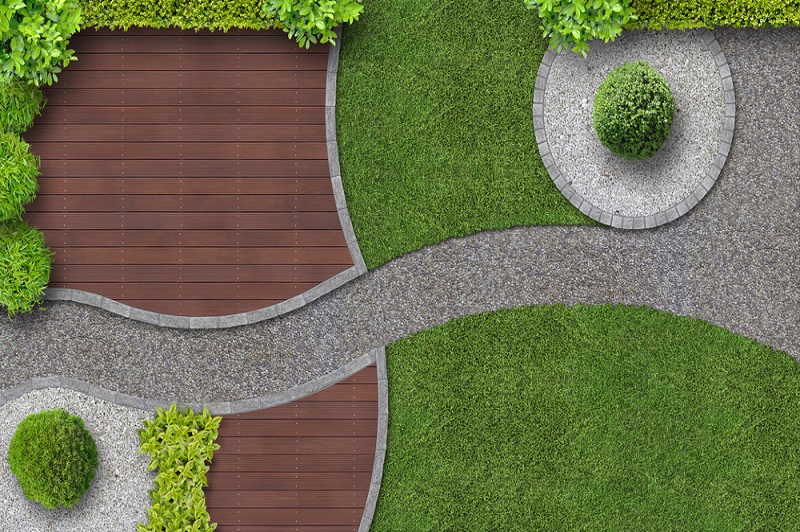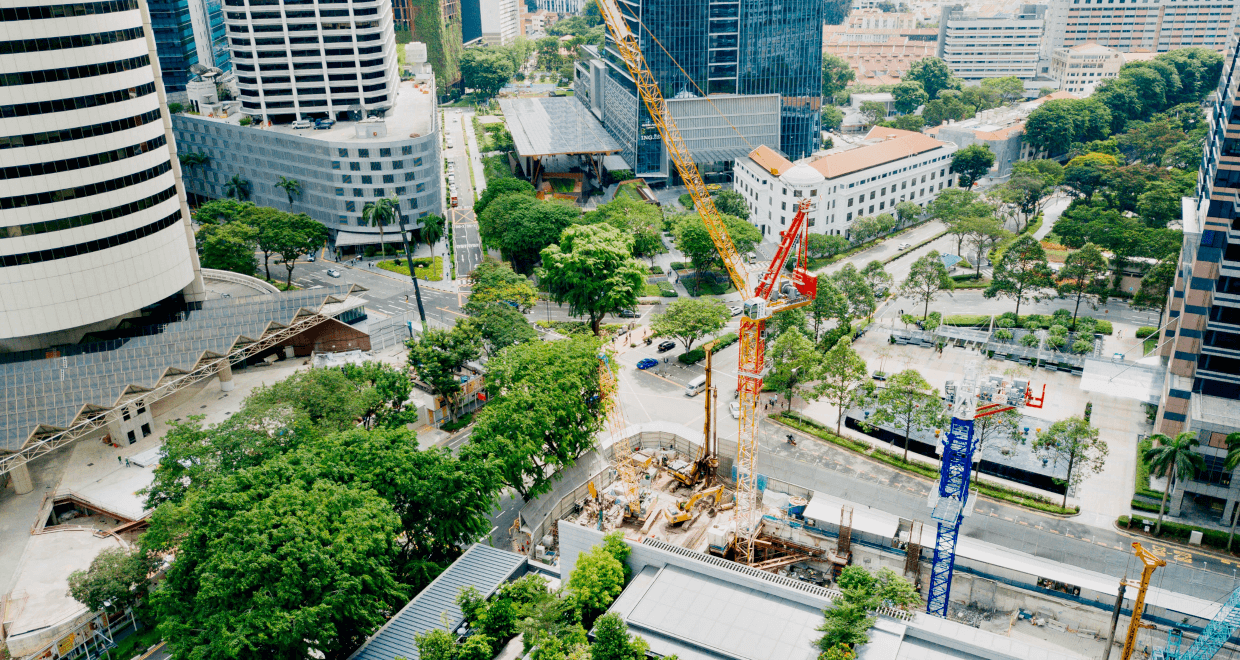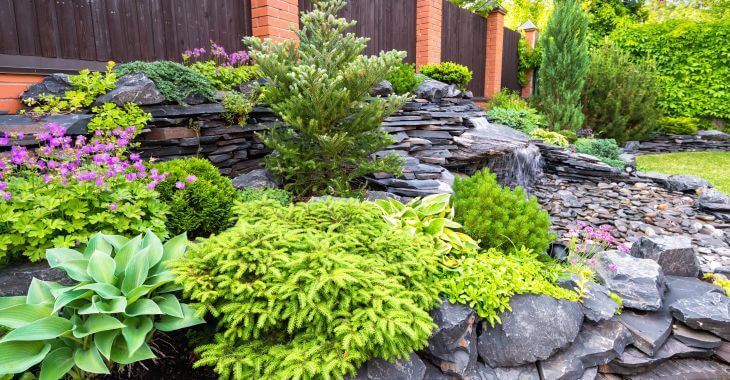The Basic Principles Of Landscapers
The Basic Principles Of Landscapers
Blog Article
Excitement About Landscapers
Table of ContentsLandscapers for DummiesThe Buzz on Landscapers6 Easy Facts About Landscapers ShownThe Facts About Landscapers UncoveredExcitement About LandscapersLandscapers for Beginners
- A garden function where water is stood for by an accumulated rock item, normally a crushed rock or granite.- A stone or natural flagstone patio, course, or walkway built without a concrete base.- A stone maintaining or complimentary standing wall constructed without the usage of mortar. A very competent mason is required for a dry pile stone wall surface. Most wall surfaces in Portland are moist piled, even if they seem. - A below ground framework that gather water and permits it to reduce percolate right into the soil around it.
Landscape layout that is compatible with a websites' setting in both appearance and sustainability without adverse effects to the setting. Bordering in the landscape is a line of demarcation that creates aesthetic interest in the garden by separating one sector from one more sector.
Areas can likewise sense of "unit" offered by trees, various other growings, fencings, or screens. The landscape near the entry to a building. A tree, bush or creeping plant, educated to grow on a wall surface or fencing right into a particular pattern. Specifically useful for fruit trees, making it easy to collect the fruit and containing mess.
The Ultimate Guide To Landscapers

The component in a landscape style or location in a landscape that is indicated to be most prominent. The prime focus can be a plant, rock, statuary, gathering space, or other landscape feature. A style of gardens or yard aspects that worry straight lines, best angles and circles. Shrubs or hedges situated in beds near the structure of a home or other framework.

Landscapers for Dummies
Low plants that are allowed or motivated to spread out over an area. Can refer to any "hard" garden elements consisting of statuary or stones but a lot of generally is used to refer to paths, patios, and walls - Landscapers.: Elevation difference in between the level of water in a pond (or the degree of the pump if it sits outside the fish pond) and the top electrical outlet of water which affects performance of the water pump in gph (gallons per hour).
A chemical made use of to manage weeds. Fence boards that run flat, usually made use of in modern-day or Japanese-inspired landscape styles. Lines that specify areas within a landscape concept. These usually expand from corners or vital functions of an existing framework. Appropriate usage of imaginary lines click for more info can aid the landscape feel attached to the home and other elements.
An even more kicked back yard dominated by rounded as opposed to straight bed lines and a less stiff structure. Standard PNW landscapes read review are informal. A plant that spreads even more than desired, or right into habitats where it does damage. Rose city has a checklist of invasive plants that must not be installed in landscapes since they can infect woodlands or waterways and be difficult to manage.
The 5-Second Trick For Landscapers
Can include head placements and insurance coverage, pipeline sizing, GPM specs, and materials needed to install this system. Licensed professional that develops landscapes, educated in design and architecture as well as in horticulture.
The specialist who prepares and establishes landscape projects, generally at a domestic or little business level with the major style catalyst on growings. Landscape developers generally have less education than Landscape Architects and are not licensed. A completed landscape layout, detailing all elements for the new landscape. This normally takes the form of a drawing on paper.
Calcium product made use of to increase the pH in soil, which will make it much less hospitable to moss (Landscapers). A water tight HDPE material utilized below ponds, streams and waterfalls in water functions. Making use of numerous growings of the very same variety to fill out a location in the landscape. This can lower maintenance and water usage in the yard.
A layer of garden compost or bark dirt applied at the base of a plant. A plant that was present in a geographic location before people started changing the landscape.
Some Ideas on Landscapers You Should Know
Exactly how the garden or a garden aspect is set up in relationship to an existing or brand-new function or to a direction. Yards that are not cut yet expanded in landscapes as perennials.

Plants that offer seasonal passion and after that pass away back in the winter season. Cold period lawn that is the most usual turf yard in Rose city, OR and the rest of the PNW.An open roofed structure over a patio area or various other landscape attribute.
Basalt aggregate ranging in size from 1/4" to dirt. The most typical landscape crushed rock in the PNW. Location of the landscape made to take care of water till it can saturate right into the ground. A chain that regulates water as it takes a trip from a roofing seamless gutter to the ground. Yard framework that develops a growing location that is contained and higher than the surrounding grade.
Structure made of wood, concrete, leading rocks, bricks or other materials for stabilizing slopes and preventing extreme erosion. Slim gutter. Producing a garden feature consisting primarily of stones with growings that match and can grow in the rocky setting. Lawn sprinkler head helpful site design that rotates a stream of water across an area.
Not known Facts About Landscapers

Report this page